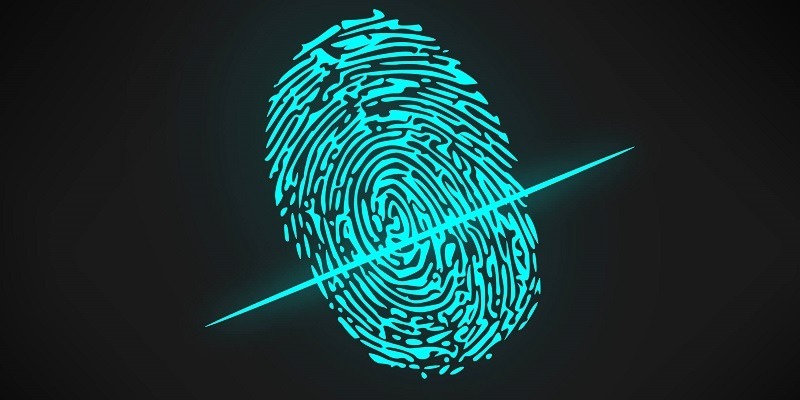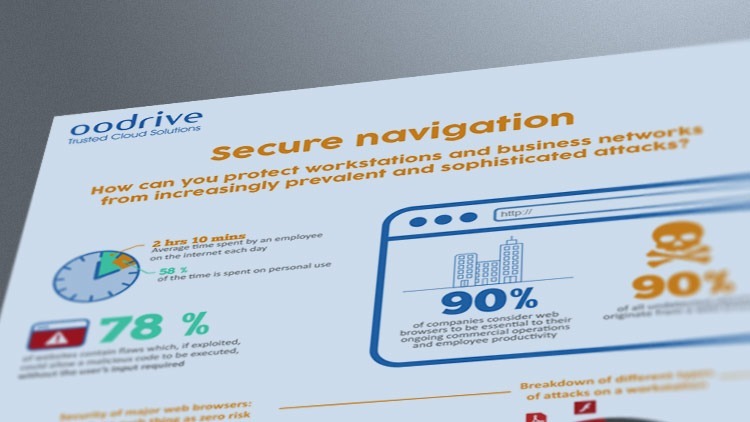Security is no longer optional these days when it comes to surfing the web. We all need to be on our guard, and think about protecting our identity and our data. It’s becoming increasingly difficult to keep the information we send and receive over the web confidential, in view of cyberthreats which are coming thick and fast. But fortunately, there is a way for organizations to protect themselves and help verify identities.
Protecting data has never been more important for web users, especially when making payments online or filling in a form on a website. Companies need to be able to guarantee security to prevent a repeat of cases like what happened to Chinese smartphone manufacturer OnePlus – which revealed that 40,000 of its customers who placed an order on its website potentially had their bank details stolen. The firm admitted it didn’t do enough to ensure its website was secure.
Putting trust at the heart of communications
Businesses need to offer the highest level of security possible to customers and visitors to their website. They need some sort of guarantee that their browsing sessions are secure, and their personal data and bank details are encrypted – so these cannot be deciphered when being sent from their computer to a company’s server.
You can tell a website is protected by an SSL certificate when a padlock icon appears in the address bar, meaning that any data sent and received through this site is encrypted. By clicking on the icon, you can see details about the level of security on the pages you visit. SSL certificates are associated with a certain domain name or an organization. They provide certainty in establishing the link between a website and its owner, allowing the site to be authenticated and electronic communications to be secured.
There are three different types of certificate for three different security levels: Domain Validated (DV), Organization Validated (OV), and Extended Validation (EV).
Securing web user data
DV certificates are the most popular and the most affordable. They are used by a large number of sites to ensure personal data sent on contact forms, remote maintenance, and online signatures are all secure. Thanks to these certificates, all of this information remains confidential while it is being sent. They provide internet users with a guarantee that their data cannot be accessed by a third party.
The second level of protection – the OV certificate – is also very common. Before issuing this certificate to a company, certificate authorities need to carry out an audit of the website, ensure the company at the source of the certificate request exists, and verify that it is indeed the website owner. OV certificates contain a lot of information. They are almost like an ID card for a secure website.

Extended Validation certification – for ultimate protection
EV certificates, on the other hand, offer the highest level of security. These are issued after a more in-depth audit of the requesting company’s website is carried out by the certificate authority. This type of certificate is the most visible mark of trust for web users. You know that a website holds an EV certificate when the web address is green in the address bar and the company which owns the website is displayed, without needing to open the certificate.
These days, trust is essential in the relationships that companies maintain with their customers, partners, and prospects. And these certificates provide that trust, allowing web users to browse a website in complete security. They can rest assured that their data is under lock and key when making payments online or using information exchange portals.








